Brass and bronze are two distinct alloys that have played significant roles in human history. These copper-based alloys are admired for their durability, malleability, and aesthetic qualities. However, despite their similarities, brass and bronze possess unique characteristics that set them apart. In this comprehensive article, we will delve deep into the world of brass and bronze, exploring their origins, compositions, properties, applications, and more. By the end, you will have a comprehensive understanding of the differences and similarities between brass and bronze.
View Our Brass And Bronze Case Studies:
-

Turn-Mill Machining Precision Brass Parts
-

Turn-Mill Machining Electronic Connector Components
-
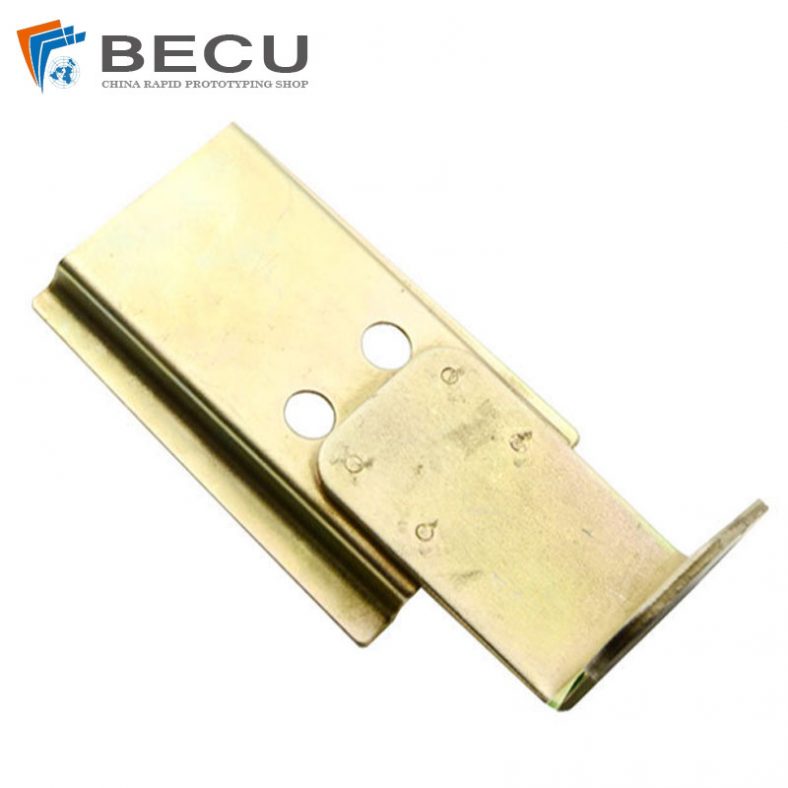
Titanium Plated Brass Sheet Metal Parts With CNC Bending
-
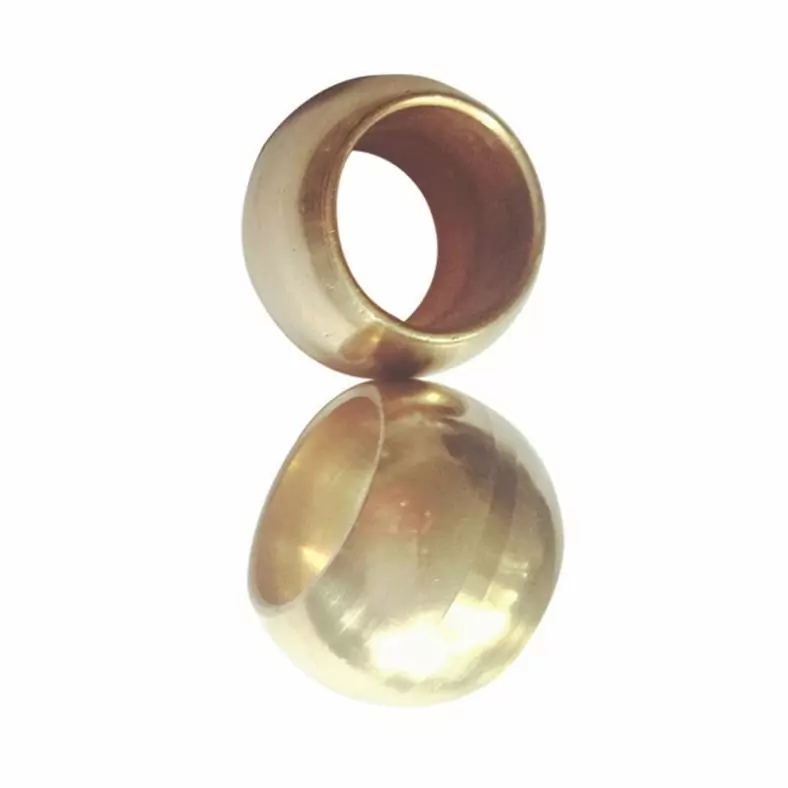
Tin Bronze Motor Spherical Oil Bearing
-
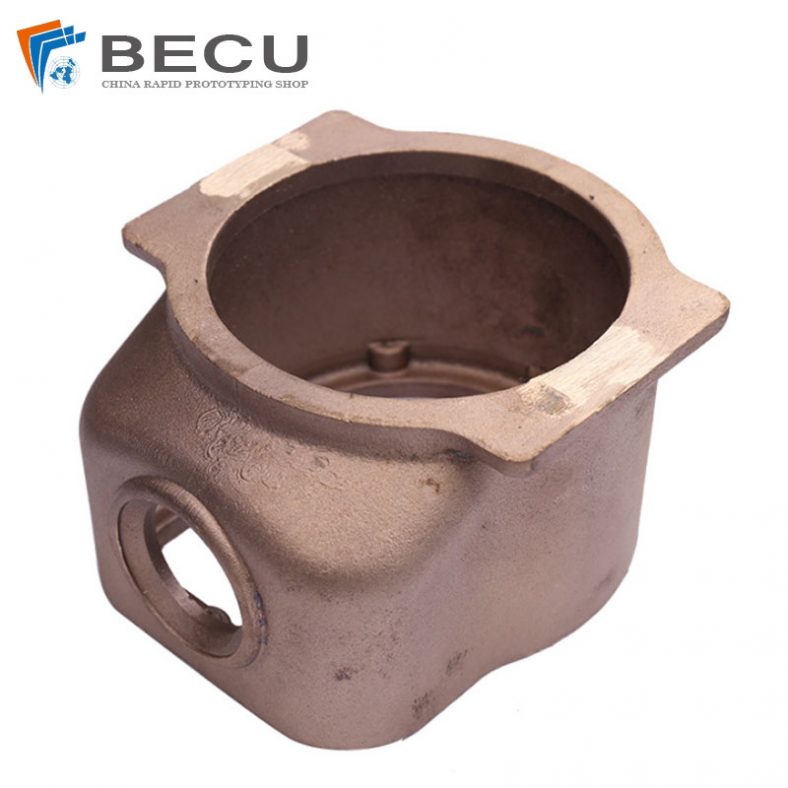
Tin Bronze Cast Valve Body And Bonnet
-

Swiss Turning Gold-Plated T2 Copper Parts
-

Swiss CNC Machining And Turning Brass 360 Shaft
-
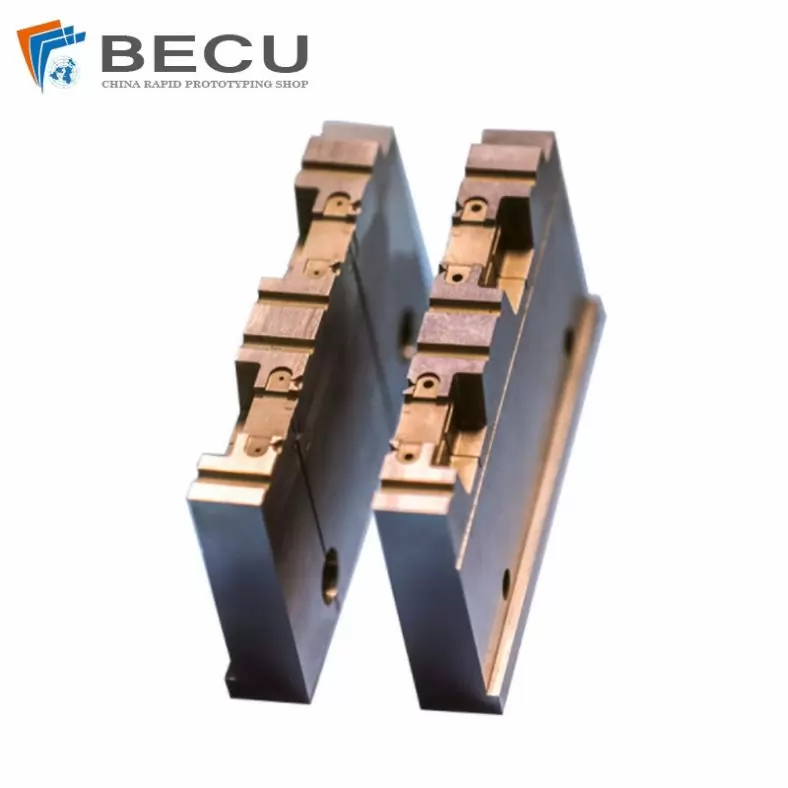
Precision Wire Cutting Plastic Injection Mould Core
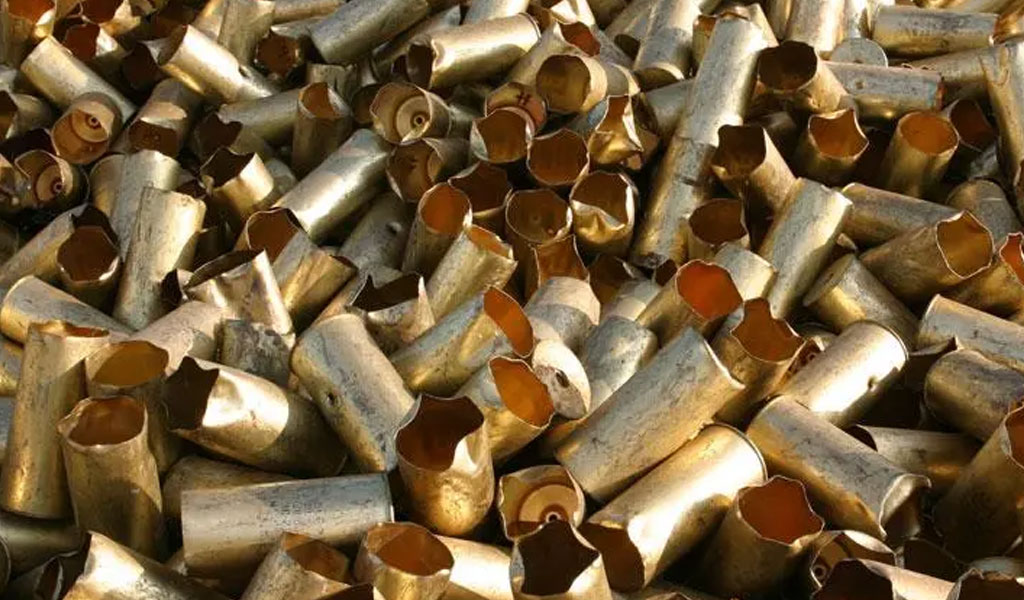
Origins and Historical Significance
Brass, a copper-zinc alloy, boasts a fascinating history that spans millennia. Its journey through time offers a glimpse into human ingenuity and the development of metallurgical expertise.The story of brass begins in the ancient Middle East, with evidence of its existence dating back to around 500 BC. It is believed to have been discovered independently in different regions, including what is now modern-day Iraq and India. Initially, brass was a product of serendipity, as craftsmen observed that certain ores, when heated in a fire alongside copper, would release zinc vapors that alloyed with the copper, creating a new material with unique properties.
Brass: A Glimpse into its History
This early form of brass, known as calamine brass, was likely used for ornamental purposes and small trinkets. The alloys produced during this time would have had varying zinc content, resulting in a range of colors and properties.
However, it was the Romans who truly embraced the potential of brass. They were among the first to recognize the advantages of brass in both practical and artistic applications. The Romans used brass extensively to mint coins, create decorative objects, and produce intricate artworks. Their contributions to the development of brass alloys laid the foundation for its use in subsequent centuries.
As centuries passed, the knowledge and technology surrounding brass production spread throughout Europe and Asia. By the Renaissance period, brass had become a staple material in various industries, from clockmaking to scientific instruments. Its popularity continued to rise, eventually leading to the establishment of standardized brass compositions and manufacturing processes in the 18th century.
In the modern era, brass remains a vital alloy in numerous applications, including engineering, plumbing, and music. Its enduring popularity and adaptability attest to the enduring legacy of a material that has played a crucial role in the evolution of human civilization.
The Rich History of Bronze
Bronze, a copper-tin alloy, boasts an even older and more illustrious history than brass. It is considered one of the key materials that marked the transition from the Stone Age to the Bronze Age, a pivotal moment in human prehistory.
Bronze’s origins can be traced back to around 3300 BC when it was first developed by the Sumerians in Mesopotamia, in what is now modern-day Iraq. This discovery revolutionized the way humans lived, as it introduced a material that was vastly superior to the stone and copper tools of the time.

The Bronze Age, characterized by the widespread use of bronze, saw significant advancements in technology, art, and trade. Bronze offered several advantages over copper, including increased strength, durability, and the ability to hold a sharp edge. These properties made it ideal for crafting tools, weapons, and ornaments, sparking a period of rapid innovation and cultural exchange.
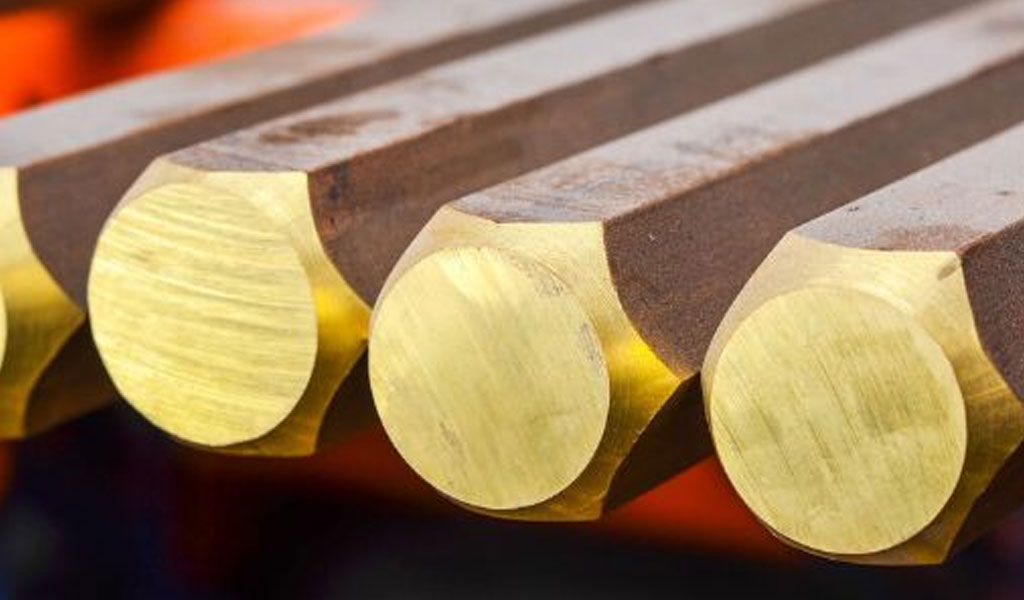
One of the most famous archaeological finds from the Bronze Age is the Nebra Sky Disk, a 3,600-year-old artifact discovered in Germany. This disk, made of an early form of bronze, serves as a celestial map, highlighting the cultural and scientific achievements of the time.Throughout history, various civilizations, including the Egyptians, Greeks, and Chinese, harnessed the potential of bronze. The Greeks, for instance, created exquisite bronze sculptures, including the iconic Statue of Zeus at Olympia, while the Chinese used bronze to produce ceremonial vessels known as “ding” and “hu.”Bronze casting became an art form, with skilled artisans meticulously crafting intricate sculptures, weaponry, and religious objects. The alloy’s association with nobility and divinity further elevated its status.
While the Bronze Age eventually gave way to the Iron Age, the legacy of bronze endures. Modern bronze alloys, enhanced with a combination of copper, tin, and other elements, continue to be celebrated for their strength and beauty. Bronze, with its deep historical roots, serves as a reminder of humanity’s journey from the ancient world to the present day.
Brass Composition and Properties
Brass is a versatile alloy primarily composed of copper (Cu) and zinc (Zn), with additional elements sometimes added to achieve specific properties or characteristics. The proportions of copper and zinc can vary widely, resulting in different types of brass alloys with distinct properties.
Composition:
- Copper (Cu): Brass typically contains a majority of copper, often accounting for 55% to 95% of the alloy’s composition.
- Zinc (Zn): Zinc is the second most abundant element in brass, constituting the remaining portion of the alloy, usually in the range of 5% to 45%.
- Trace Elements: In some cases, small amounts of other elements like lead (Pb), aluminum (Al), or tin (Sn) may be added to enhance specific characteristics. For example, leaded brass alloys are known for their ease of brass machining.
Properties:
- Color: Brass exhibits a range of colors, including yellow, red, and brown, depending on its copper-to-zinc ratio. High-zinc brasses tend to be yellow, while those with more copper appear redder.
- Melting Point: Brass has a relatively low melting point, typically between 900°C to 940°C (1652°F to 1724°F), making it suitable for casting and machining.
- Malleability: Brass is highly malleable, meaning it can be easily shaped, hammered, or stamped into various forms, making it ideal for decorative and artistic applications.
- Corrosion Resistance: Brass is known for its resistance to corrosion, especially when exposed to moisture and atmospheric conditions. This corrosion resistance makes it suitable for outdoor and marine applications.
- Conductivity: Brass is a good conductor of electricity, making it useful in electrical and electronic components.
- Ductility: It possesses good ductility, allowing it to be drawn into wires and used in various electrical and plumbing applications.
- Density: Brass has a density ranging from 8.4 to 8.7 grams per cubic centimeter (g/cm³), which can vary depending on the specific alloy.
Brass’s unique combination of properties, including its aesthetic appeal, corrosion resistance, and ease of fabrication, makes it a popular choice in a wide range of industries, from musical instrument manufacturing to plumbing and decorative arts.
Bronze Composition and Properties
Bronze, another copper-based alloy, is primarily composed of copper (Cu) and tin (Sn), although other elements may be added in some cases to enhance certain characteristics.
Composition:
- Copper (Cu): Copper forms the bulk of bronze compositions, typically ranging from 85% to 95% or more.
- Tin (Sn): Tin is the alloying element that gives bronze its name and distinctive properties. It generally constitutes the remaining portion of the alloy, usually in the range of 5% to 15%.
- Trace Elements: While copper and tin are the primary components, small amounts of other elements like aluminum (Al), silicon (Si), or phosphorus (P) may be added to improve specific properties, such as strength or corrosion resistance.
Properties:
- Color: Bronze is renowned for its reddish-brown color, which distinguishes it from brass. The exact shade can vary depending on the specific composition of the bronze alloy.
- Melting Point: Bronze has a higher melting point compared to brass, typically ranging from 850°C to 1000°C (1562°F to 1832°F). This high melting point contributes to its heat resistance.
- Strength: Bronze is known for its exceptional strength, making it suitable for heavy-duty applications. The addition of tin strengthens the copper matrix, enhancing wear resistance.
- Durability: Bronze is highly durable and resistant to corrosion, particularly in marine and saltwater environments. This durability makes it ideal for ship components and bearings.
- Casting Properties: Bronze is renowned for its excellent casting properties, allowing intricate and detailed sculptures and art pieces to be created through casting processes.
Bronze’s unique combination of strength, durability, and artistic potential has cemented its place in history as a material of choice for sculptures, bearings, marine equipment, and other applications that demand both form and function. The alloy’s distinctive reddish-brown hue and impressive durability make it an enduring symbol of craftsmanship and artistry.
How Brass is Manufactured
Brass manufacturing involves several processes, including alloying, casting, and finishing, depending on the desired final product. Here’s an overview of how brass is typically manufactured:
Alloying:
- Composition Determination: Brass alloy composition is determined based on the desired properties. The proportions of copper and zinc are chosen accordingly, and sometimes small amounts of other elements like lead or aluminum are added.
- Melting: Copper and zinc, along with any other alloying elements, are melted together in a furnace. The temperature must be carefully controlled to achieve the desired composition.
- Alloy Formation: The molten mixture is thoroughly stirred or agitated to ensure uniform distribution of the alloying elements. This creates a homogenous brass alloy.
- Casting: The molten brass alloy can be poured into molds to create various shapes. This process is commonly used for manufacturing brass components with complex geometries.
- Extrusion: In some cases, the molten brass is extruded through dies to form continuous shapes like rods, bars, or tubes. Extrusion is especially suitable for producing brass profiles with consistent cross-sections.
- Rolling and Forging: Brass can also be processed by rolling or forging. These techniques involve shaping heated brass into thinner sheets or different forms through mechanical pressure.
- Heat Treatment: Depending on the specific alloy and application, the brass may undergo heat treatment processes like annealing to enhance its mechanical properties.
- Surface Treatment: Brass products often receive surface treatments such as polishing, plating, or coating to improve appearance, corrosion resistance, or other functional aspects.
- Machining: For precision components, machining processes like turning, milling, or drilling may be employed to achieve tight tolerances and fine finishes.
- Quality Control: Brass products are subjected to quality control measures to ensure they meet specifications for composition, dimensions, and mechanical properties.
Bronze Manufacturing Techniques
Bronze manufacturing techniques have evolved over millennia and can vary depending on the desired final product. Here are some common techniques used to manufacture bronze items:
Smelting:
- Ore Selection: The process begins with the selection of copper and tin ores. These ores are often sourced from mineral deposits containing the desired metals.
- Smelting: Copper and tin ores are heated in a furnace to extract the metal. The ores release metal-rich molten material, which is then collected and further processed.
- Alloy Formation: The extracted copper and tin are combined in specific proportions to form bronze. This mixture can be further refined to achieve the desired composition and properties.
- Casting: Bronze casting techniques are used to create a wide range of products, from sculptures and statues to intricate parts. Molten bronze is poured into molds, which are often made of sand, clay, or other materials.
- Lost-Wax Casting: This advanced casting method involves creating a detailed wax model, encasing it in a mold, and then melting the wax to create a cavity. Molten bronze is poured into the cavity, creating a highly detailed bronze replica of the original wax model.
- Forging: Bronze can also be shaped through forging processes. Heated bronze is hammered or pressed into the desired form, allowing for greater control over the material’s properties and strength.
- Patina and Surface Treatments: Bronze sculptures and artworks often undergo surface treatments to achieve specific appearances. Patination, for example, can create unique colors and textures on the bronze surface.
- Polishing: Bronze items can be polished to a high sheen, enhancing their aesthetic appeal.
- Quality Control: Bronze products, especially those with artistic or functional significance, undergo rigorous quality control to ensure they meet design specifications and artistic intent.
The manufacturing techniques for bronze can vary significantly depending on the intended use, artistic considerations, and the era in which the item is produced. Whether through traditional casting or advanced methods like lost-wax casting, bronze continues to be a material of choice for its enduring beauty and exceptional durability.
Distinguishing Characteristics
Color and Appearance
- Brass:Color: Brass typically exhibits shades of yellow or reddish-yellow. The exact color of brass depends on its copper-to-zinc ratio, with higher-zinc brasses appearing more yellow and higher-copper brasses appearing more reddish.
- Bronze:Color: Bronze is known for its distinct reddish-brown color, which is quite different from the yellow to reddish hues of brass. The specific shade of bronze can vary depending on its composition.
Distinguishing Characteristics: The most obvious visual difference between brass and bronze is their color. Brass tends to have a more golden or yellowish appearance, while bronze has a characteristic reddish-brown hue. This distinction in color often aids in identifying and differentiating between the two alloys.
Melting Points
- Brass:Melting Point: Brass has a relatively low melting point, typically ranging from 900°C to 940°C (1652°F to 1724°F). This lower melting point makes brass easier to work with in various applications, including casting and machining.
- Bronze:Melting Point: Bronze has a higher melting point compared to brass, typically ranging from 850°C to 1000°C (1562°F to 1832°F). This higher melting point contributes to bronze’s heat resistance.
Distinguishing Characteristics: The difference in melting points is a significant practical distinction between brass and bronze. Bronze’s higher melting point makes it better suited for applications requiring resistance to higher temperatures, such as those encountered in heavy machinery and marine equipment.
Strength and Durability
Brass:
- Strength: Brass is generally less strong and durable compared to bronze due to its lower tin content. However, its strength can vary depending on the specific alloy composition.
- Durability: Brass offers good resistance to corrosion, particularly when exposed to moisture and atmospheric conditions. It is suitable for outdoor and marine applications, although not as corrosion-resistant as bronze in some scenarios.
Bronze:
- Strength: Bronze is renowned for its exceptional strength and durability, primarily due to the inclusion of tin in the alloy. This strength makes bronze well-suited for heavy-duty applications.
- Durability: Bronze is highly durable and exhibits excellent resistance to corrosion, particularly in marine and saltwater environments. This corrosion resistance is a key advantage of bronze, especially for ship components and bearings.
Distinguishing Characteristics: Bronze’s superior strength and durability compared to brass are noteworthy differences between the two alloys. Bronze’s use in applications demanding high levels of durability, such as bearings and marine equipment, highlights its outstanding performance in challenging environments. In contrast, brass is chosen for a broader range of applications where strength and corrosion resistance requirements are not as stringent.
Comparison Chart: Brass vs. Bronze
Below is a detailed chart highlighting key aspects of these two alloys:
| Property/Aspect | Brass | Bronze |
|---|---|---|
| Composition | Copper (Cu) and Zinc (Zn), with possible trace elements like lead (Pb), aluminum (Al), or tin (Sn). | Copper (Cu) and Tin (Sn), occasionally with trace elements like aluminum (Al), silicon (Si), or phosphorus (P). |
| Color | Yellow to reddish-yellow, varying with copper-to-zinc ratio. | Reddish-brown, distinctive color. |
| Melting Point | Lower melting point, typically 900°C to 940°C (1652°F to 1724°F). | Higher melting point, typically 850°C to 1000°C (1562°F to 1832°F). |
| Strength | Generally less strong compared to bronze. Strength varies with specific alloy composition. | Known for exceptional strength, thanks to tin content. |
| Durability | Good corrosion resistance, particularly in moist environments, but less durable than bronze. | Excellent resistance to corrosion, especially in marine and saltwater conditions. |
| Malleability | Highly malleable, making it easy to shape and stamp into various forms. | Malleable but to a lesser extent than brass. Can be forged and shaped. |
| Conductivity | Good electrical conductivity. | Good electrical conductivity. |
| Density | Density ranges from 8.4 to 8.7 g/cm³, depending on the specific alloy. | Density can vary, depending on the specific bronze alloy. |
| Applications | Plumbing, musical instruments, decorative art, ammunition casings, electrical components, clocks, fasteners, coins, and more. | Sculptures, bearings, marine equipment, architectural elements, certain musical instrument parts, coinage, engineering components, historical artifacts, and more. |
| Notable Features | Distinguished by its varying color and lower melting point. | Known for its reddish-brown color and exceptional strength and durability, especially in corrosive environments. |
Advantages of Brass
Brass offers several advantages that make it a preferred choice for various applications:
- Corrosion Resistance: Brass exhibits good resistance to corrosion, making it suitable for use in environments with moisture and atmospheric exposure.
- Malleability: Brass is highly malleable, allowing for easy shaping, stamping, and intricate designs in decorative applications.
- Versatility: Brass alloys can be tailored to meet specific requirements by adjusting the copper-to-zinc ratio and incorporating trace elements, making it suitable for a wide range of applications.
- Aesthetic Appeal: Brass’s yellow to reddish-yellow color is aesthetically pleasing, making it a favored choice for decorative items, jewelry, and architectural elements.
- Conductivity: Brass possesses good electrical conductivity, making it ideal for electrical and electronic components.
- Ease of Machining: Brass is easy to machine, making it a preferred material for precision components.
Disadvantages of Brass
However, brass also has some limitations:
- Lower Strength: Brass is generally less strong compared to bronze, limiting its use in applications where high tensile strength is essential.
- Melting Point: Its lower melting point can be a disadvantage in applications exposed to high temperatures.
- Price Variability: The cost of brass can vary depending on the current market prices of copper and zinc, which may affect production costs.
Advantages of Bronze
Bronze offers several advantages, especially in applications requiring strength, durability, and corrosion resistance:
- Exceptional Strength: Bronze is renowned for its exceptional strength, making it ideal for heavy-duty applications.
- Durability: Bronze is highly durable and exhibits excellent resistance to corrosion, particularly in marine and saltwater environments.
- Casting Properties: Bronze’s excellent casting properties allow for the creation of intricate sculptures and art pieces.
- Heat Resistance: Its higher melting point compared to brass makes it more suitable for applications exposed to elevated temperatures.
Disadvantages of Bronze
However, bronze also has some limitations:
- Higher Cost: Bronze alloys can be more expensive than brass, primarily due to the inclusion of tin, which is costlier than zinc.
- Limited Color Range: Bronze’s reddish-brown color, while distinctive, may limit its use in applications where a different color is desired.
- Harder to Machine: Compared to brass, bronze can be more challenging to machine due to its increased strength.
- Weight: Bronze is denser than brass, which may be a drawback in applications where weight is a concern.
In summary, brass and bronze each have their unique advantages and disadvantages, making them suitable for different applications. The choice between these two alloys depends on the specific requirements of a given project, including factors such as strength, corrosion resistance, cost, and aesthetics.
Choosing Between Brass and Bronze
In conclusion, brass and bronze are two remarkable alloys with distinct characteristics, histories, and applications. Brass, primarily composed of copper and zinc, is prized for its corrosion resistance, malleability, and versatility. Bronze, on the other hand, combines copper with tin and occasionally other elements, offering exceptional strength, durability, and corrosion resistance, particularly in harsh environments.
Understanding the differences and advantages of each alloy is essential when selecting the right material for a particular project. Brass, with its aesthetic appeal and ease of machining, finds its place in plumbing, musical instruments, decorative arts, and more. Bronze, known for its strength and longevity, excels in sculptures, marine parts machining, bearings, and applications demanding exceptional durability.
Whether it’s choosing between the reddish-brown hue of bronze for an outdoor sculpture or the golden sheen of brass for a musical instrument, the decision should be based on careful consideration of factors such as strength requirements, environmental conditions, temperature resistance, and budget constraints.
Both brass and bronze have left indelible marks on human history and continue to play pivotal roles in various industries and artistic pursuits. Their enduring legacy is a testament to the enduring appeal and utility of these remarkable alloys.
